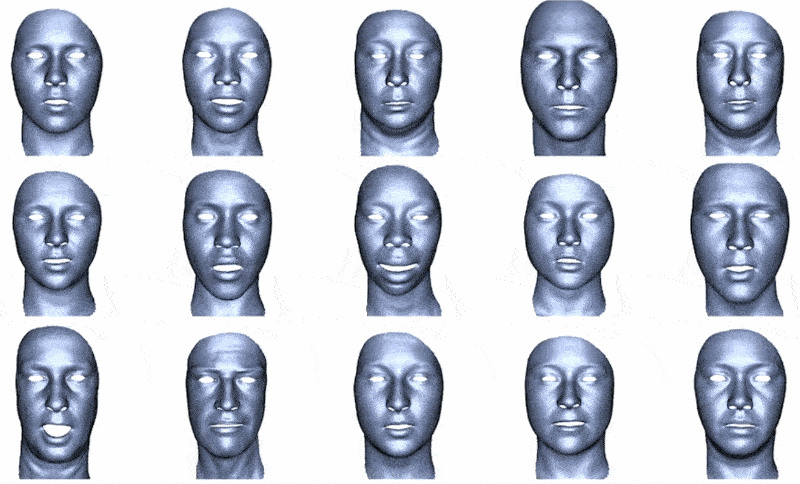Creating convincing human faces is one of the toughest tasks faced by 3D animators. At the recent (online) International Conference on 3D Vision (3DV 2020), Disney Research told attendees about the advances it has made on a Machine Learning-based tool that streamlines the process while taking into account all the subtleties of our facial expressions.
Most often, using existing linear tools, accuracy is sacrificed at the altar of flexibility, and this is mainly why artificial humans still roam the uncanny valley. Neural models, however, are able to learn and replicate, complete with skin and muscular flexibility, complexity by understanding how interconnected all our facial expressions and tics are, but this depth of machine understanding comes at a price – loss of artistic control – and the results are invariably sub-optimal.

Disney Research has been working on its “semantic deep face model” for a while now and we have covered it previously here. It learns how facial expressions affect overall facial geometry and can map expressions it has learned from other faces seamlessly onto any new 3D face to produce a result that looks natural and believable. This allows for the straightforward creation of a United Nations of synthetic characters, all with different face shapes and skin tones, but similar facial expressions, without lifting a finger. Then, the hand crafting can begin.
Source: TechCrunch


